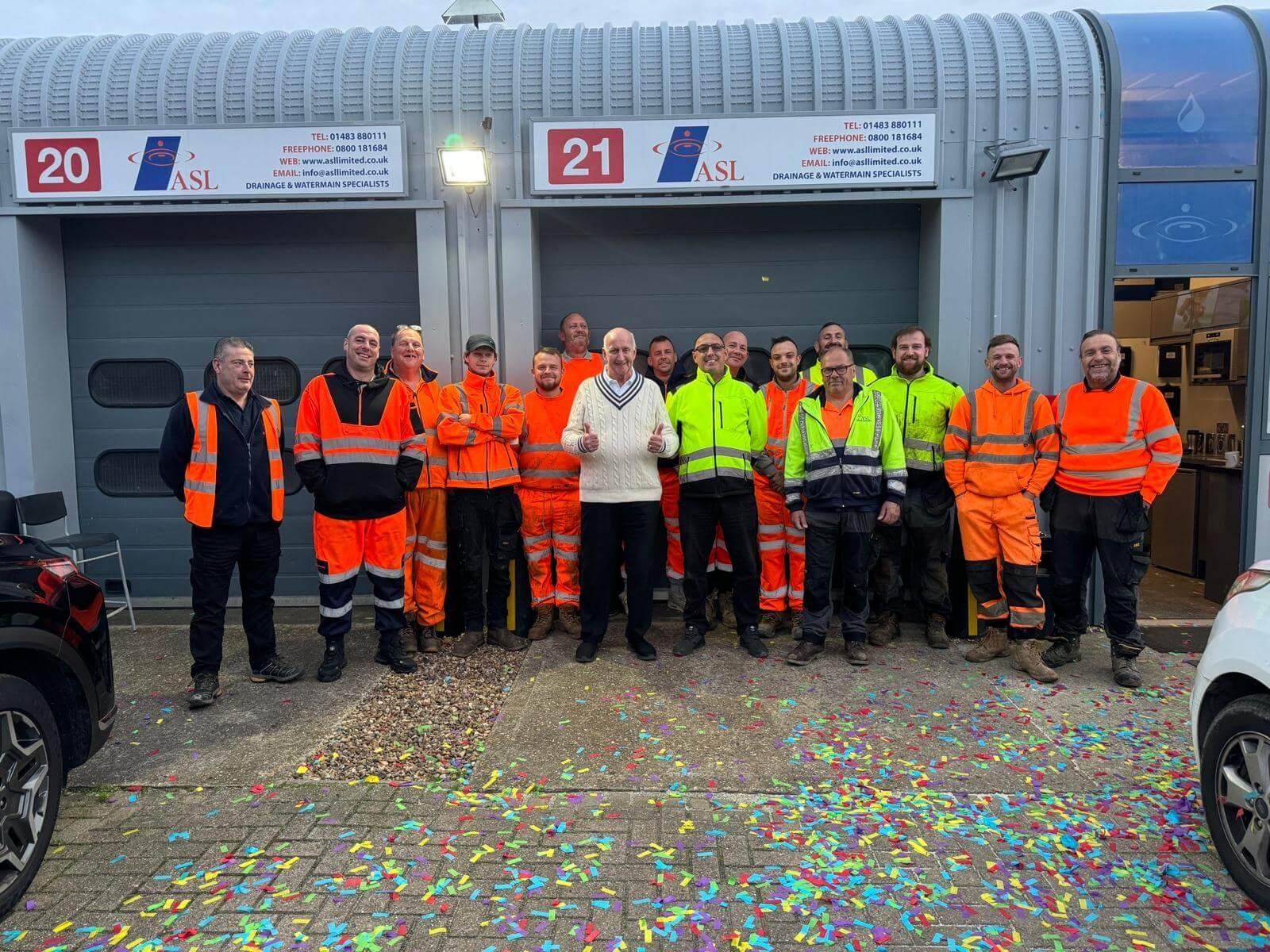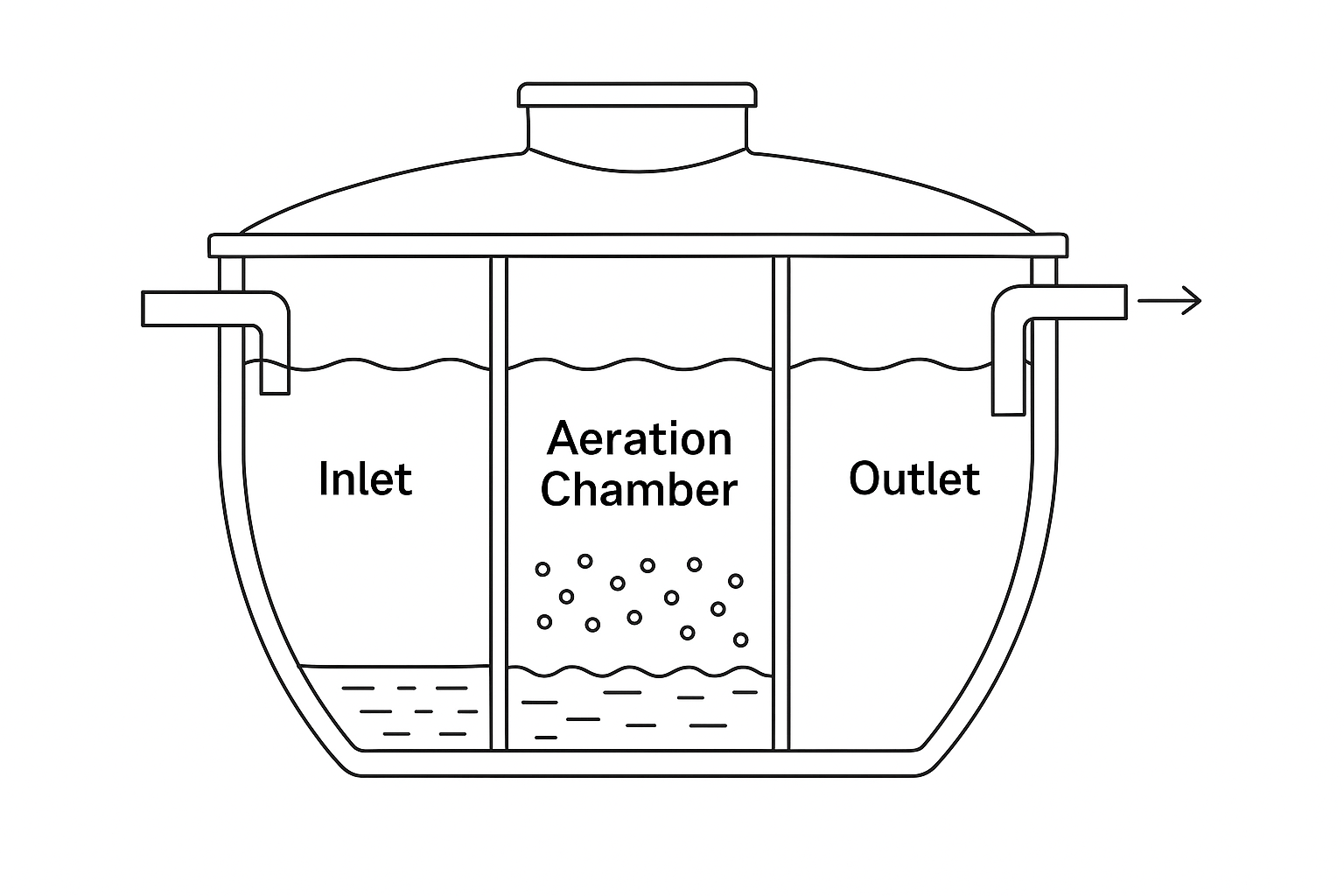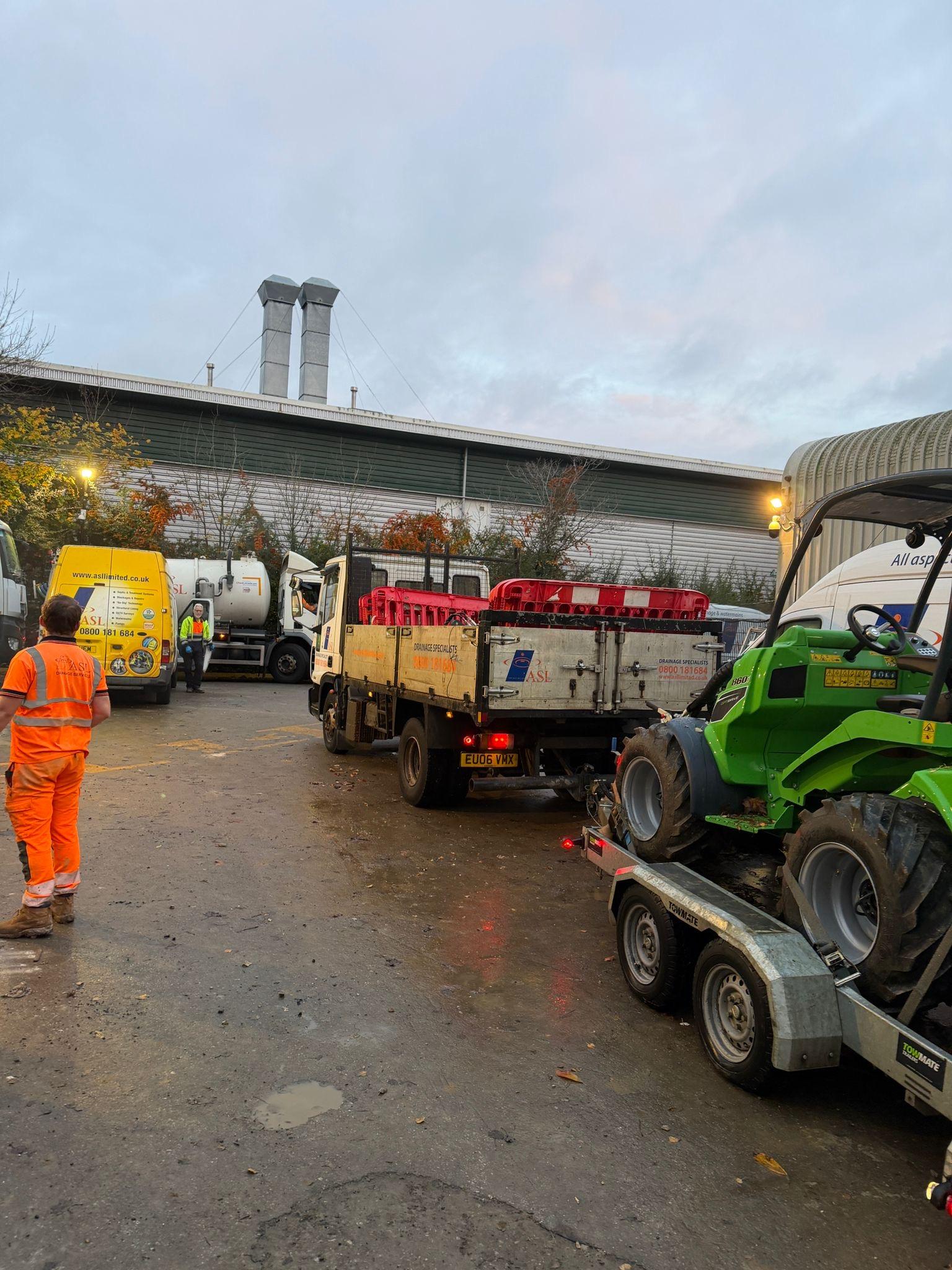Main Drain Connections & Pumping Stations: What You Need to Know
Main drain connections and pumping stations: what you need to know.
When you need a main drain connection or a pumping station, it usually comes at a time when other things are already going on:
- A new construction project
- A new extension is being built
- A septic tank or soakaway has failed
- A treatment plant is overloaded
- Or you've been told by the council or Environment Agency that something needs upgrading
And for most homeowners, this is the point where the job can become overwhelming. Not because the work is impossible, but because the process involves permission, paperwork, inspections, and the right sequencing. That's where we step in.
What we take care of (so you don't have to).
At ASL Limited, we provide a complete end-to-end service, from the initial CCTV drainage inspection and preparation of drainage plans to submission for approval by the local water authority as part of the Consent to Connect application process.
Once approval is granted, we will handle all necessary road opening permits or road closure applications with the local council to enable the connection works to proceed.
When a start date has been confirmed, our team will implement the required traffic management measures (where works involve excavation in the roadway) and attend site with our own specialist plant and equipment, including excavators, dumpers, and tankers, to complete the connection swiftly and efficiently.
We ensure that all installations are carried out in full compliance with current regulations and liaise directly with the water authority to arrange final inspection and sign-off of the completed connection.

Why a pumping station is sometimes needed.

If the property sits lower than the main drain, meaning gravity can't move the waste water, a pumping station is required to pump and lift the waste to the main sewer safely.
We size the pump station based on:
- Number of bathrooms
- Number of people in the house
- Height and distance to the sewer
The right pump set up prevents:
- Flooding
- Overflows
- Burned-out pumps
- Repeated callouts
Experience matters.

We don't rush this work. We plan it carefully, so the customer always knows what's happening and gets the right installation, once, not twice.
Some jobs look urgent, but urgency without planning costs twice. We'd rather do it right and steady than fast and stressful.
Need guidance before you decide?
You don't need to know the technical terms. Just tell us what's happening, we'll explain the simplest safe way to solve it.
📞 Call ASL Limited on 0800 181 684 or get in touch via our contact form.
We're happy to talk it through, even if you're not ready to book.
We cover Surrey, Berkshire, Hampshire, West Sussex and South West London.
Related services.
To learn more about how ASL Limited can help with drainage connections and pumping systems:

